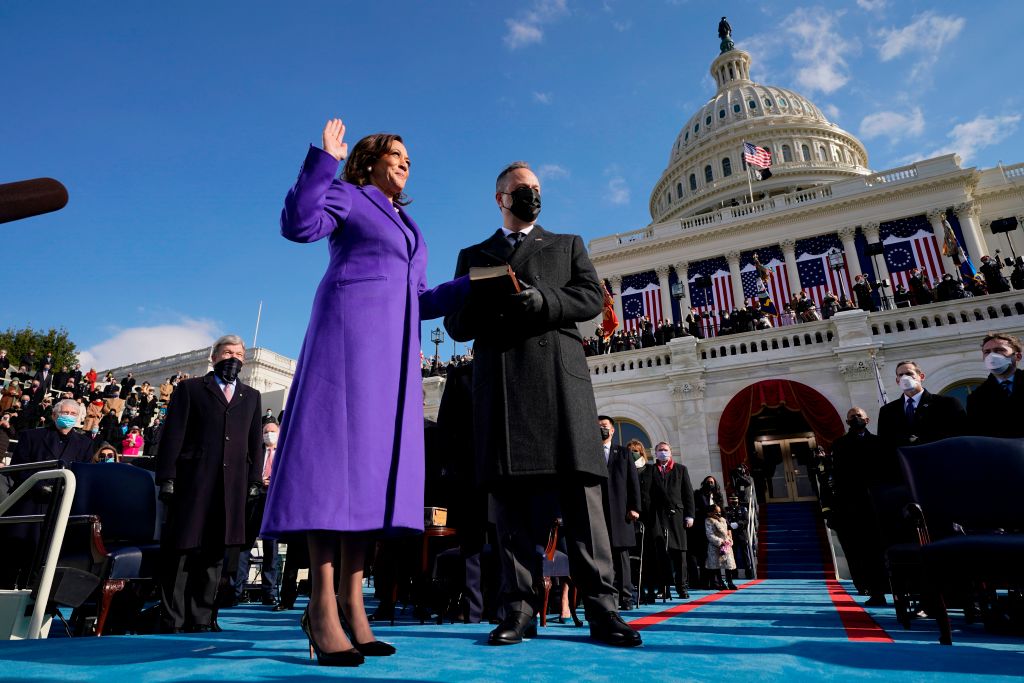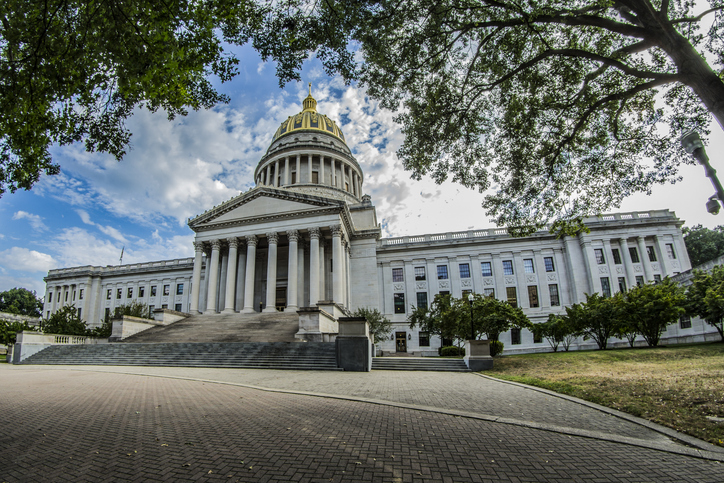Black Unemployment Rises During Biden’s First Full Month In Office
The Black unemployment rate rose during President Joe Biden‘s first full month as labor data suggested most of the jobs gains in February went to white workers. Analysts described the latest jobs report as evidence that the economy was rebounding, but the numbers showed that wasn’t true for Black workers.
The new jobs report should, in theory, place an even greater urgency on Congress to pass Biden’s $1.9 trillion stimulus package, which has stalled during varying degrees of debate for more than a month.
The economy added 379,000 jobs last month, which exceeded economists’ expectations. But it still fell woefully short of making up the more than nine million jobs that were lost in 2020, the Washington Post reported.
That left the overall national unemployment rate at 6.2%, inching down one-tenth of a percentage point from the month prior. Likewise, the unemployment rate for white workers fell at the same rate, going from 5.7% in January to 5.6% in February.
Conversely, though, the overall Black unemployment rate shot up from 9.2% to 9.9%, according to the Bureau of Labor Statistics (BLS).
When broken down along gender, the jump was even higher for Black men, whose unemployment rate hit double-digits after going from 9.4% in January to 10.2% in February.
February was a reverse for Black men, whose unemployment rate has been dropping since October when it was at 11.5%. But the opposite was true for Black women, who have seen their unemployment rate continue to rise since December, bringing it to 8.9% in February.
With all of that said, The Institute for New Economic Thinking (INET) recently published a study casting doubt about the methodology BLS uses to tabulate its unemployment data, especially when it comes to Black people. INET suggested that BLS’ data is inaccurate and downplays Black unemployment.
On average, Black men’s unemployment rate is 2.8 percentage points higher than BLS data shows,” according to INET’s study, entitled, “Masking Real Unemployment: The Overall and Racial Impact of Survey Non-Response on Measured Labor Market Outcomes.” The same was true for BLS’ unemployment rate for Black women, which INET found was, on average, about 2.4 percentage points lower than its actual rate. The differences grow for younger Black males from 16 to 34 years old.
INET’s findings lend some credence to a tweet from the Center for American Progress after January’s jobs report was published that said Black women, in particular, “are still being left behind by the recovery.”
The Post reported that economists were optimistic about the unemployment rate going down in part because of the COVID-19 vaccination effort. However, data shows the Black community is among those who are being left behind when it comes to vaccinations, either because of the inequitable rollout of the vaccine or a personal choice against being vaccinated.
SEE ALSO:
Black Women’s Unemployment Rate Rises As They’re ‘Still Being Left Behind By The Recovery’
Mainstream Media Ignores Black Unemployment Rising While Celebrating Jobless Rate
















